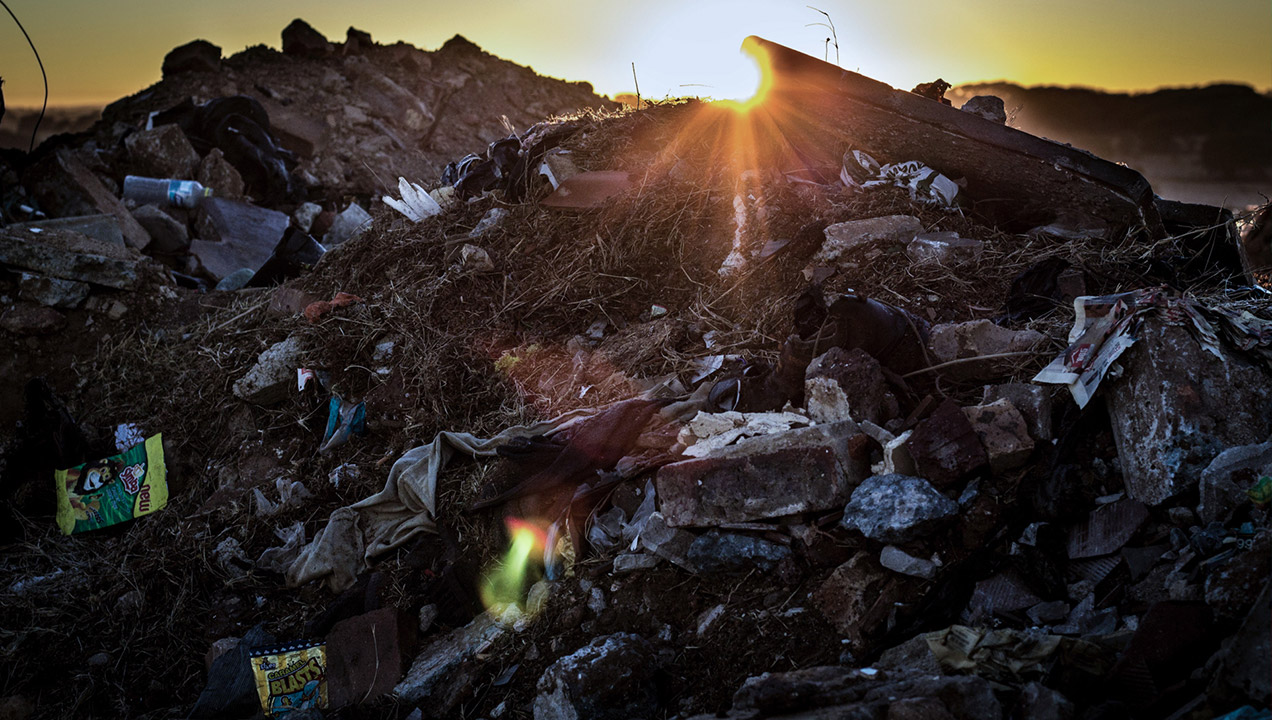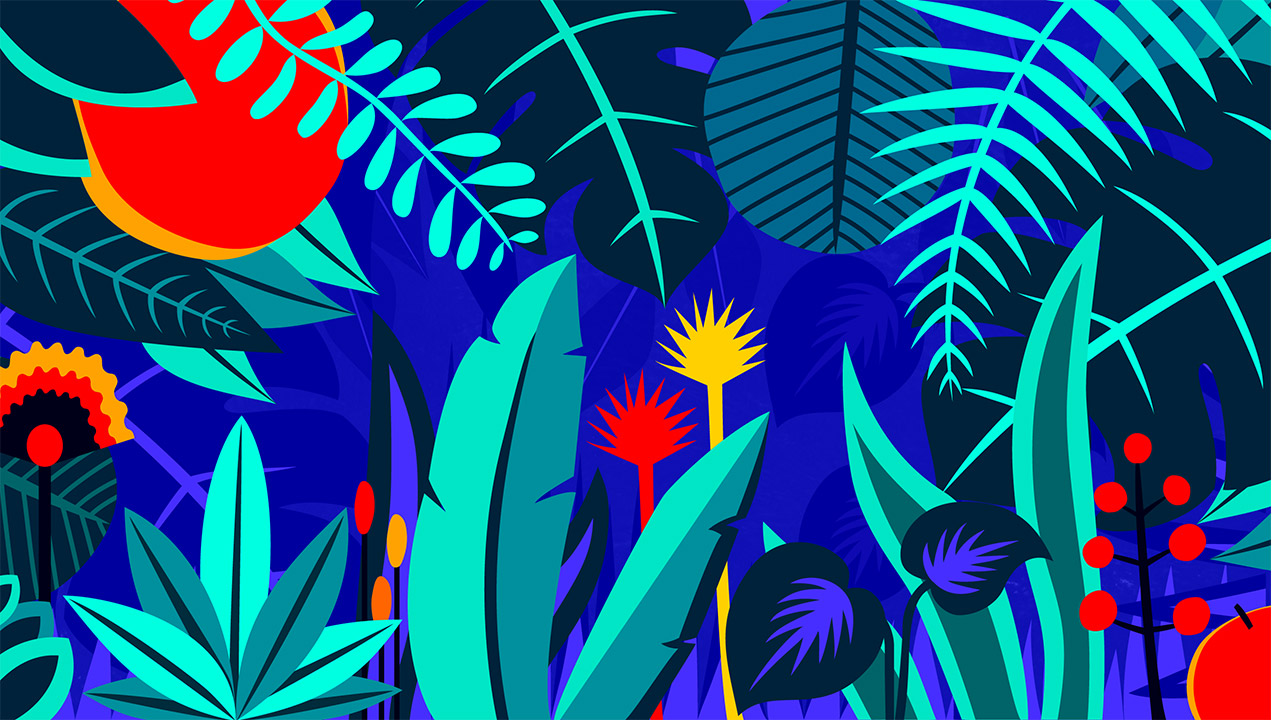How Human Evolution Influences Good Design
Americans toss over 38 billion plastic bottles into landfill sites annually where they then decompose over the course of a century. Solving the problem of water bottles is going to be significant to the environment, so it is no wonder that designers have been looking at alternative solutions. Most recently, the clever people at Skipping Rock Labs in London have come up with the “Ooho,” a kind of edible water balloon that looks a little like a friendly jellyfish and more than a little like an A-Cup silicone breast implant. The idea is that you bite into the bubble, drink your fill and then either eat the remaining algae-based skin or toss it away to rapidly biodegrade. No waste, no fuss.

The size and shape are a bit of design genius, calling on human nature to communicate the Ooho’s function. These little bubbles are a lot more appealing to look at than a bottle. There is an innate urge to pick one up and bite into it that relates back to our evolutionary ancestors and their instinct to snatch up similarly sized fruit. The same attraction is why so many decorative soaps come labelled prominently with warnings not to eat them and why so many addictive sweet treats are small and brightly coloured. We may live in cities, dress in clothes, and talk on cell phones but the vast majority of our brain remains pure primate. Beyond the unnatural desire to gobble soap, our hold-over evolutionary responses shape a huge amount of modern design.
For example, bright colors are fundamental to how we design things. Our eyes are drawn to bright colours in favour of dull ones regardless of the shapes and speeds of the objects that are coloured with them because plants that tasted good to our ancestors just happened to be those colors. We dress in colorful clothes. We paint our faces in bright colors. We drive in cars that are brightly colored. We paint our homes in bright colors. The Nest smart thermostat is a prime example, it changes color according to the current temperature to give users an intuitive understanding of the situation without having to examine it closely. Providing information at a glance.

Illustration by Monica Giunchi
What we consider to be intuitive design, particularly when it comes to computers, also relates to our sense of pattern recognition. The same logic that we use when we look at a patterned wallpaper and see faces hidden in the design shapes our understanding of new systems. Both of these weird abilities stem from our ancestors’ talent for detecting patterns in nature that might indicate a predator. The primates who lacked that talent didn’t live long enough to become our ancestors.
Although websites and apps have only been around for an incredibly brief time in human history, there are already preferred patterns for user interfaces. Certain Design Patterns are already being codified as the “best practice” because of their inherent familiarity.
So between familiar patterns and bright colors we find the vast majority of human centred design. Every new idea presented as part of a design is dressed up in either one or the other to prevent us from experiencing that last evolutionary hold-over from when we were hunted as prey, fear.
Disruption to the pattern around us was lethally dangerous when we lived in trees and we still experience a terrible lurch in our stomach’s when something isn’t where we expected it to be. There is nothing more difficult for a designer than to make their product intuitive. Using the right color for the context of the product, using a pattern that is familiar to the audience while smoothly introducing any new elements can be almost impossible without a deep understanding of the cultural significance of those colors and patterns in different places around the world, which is where our natural instincts end and Design Research takes over.
